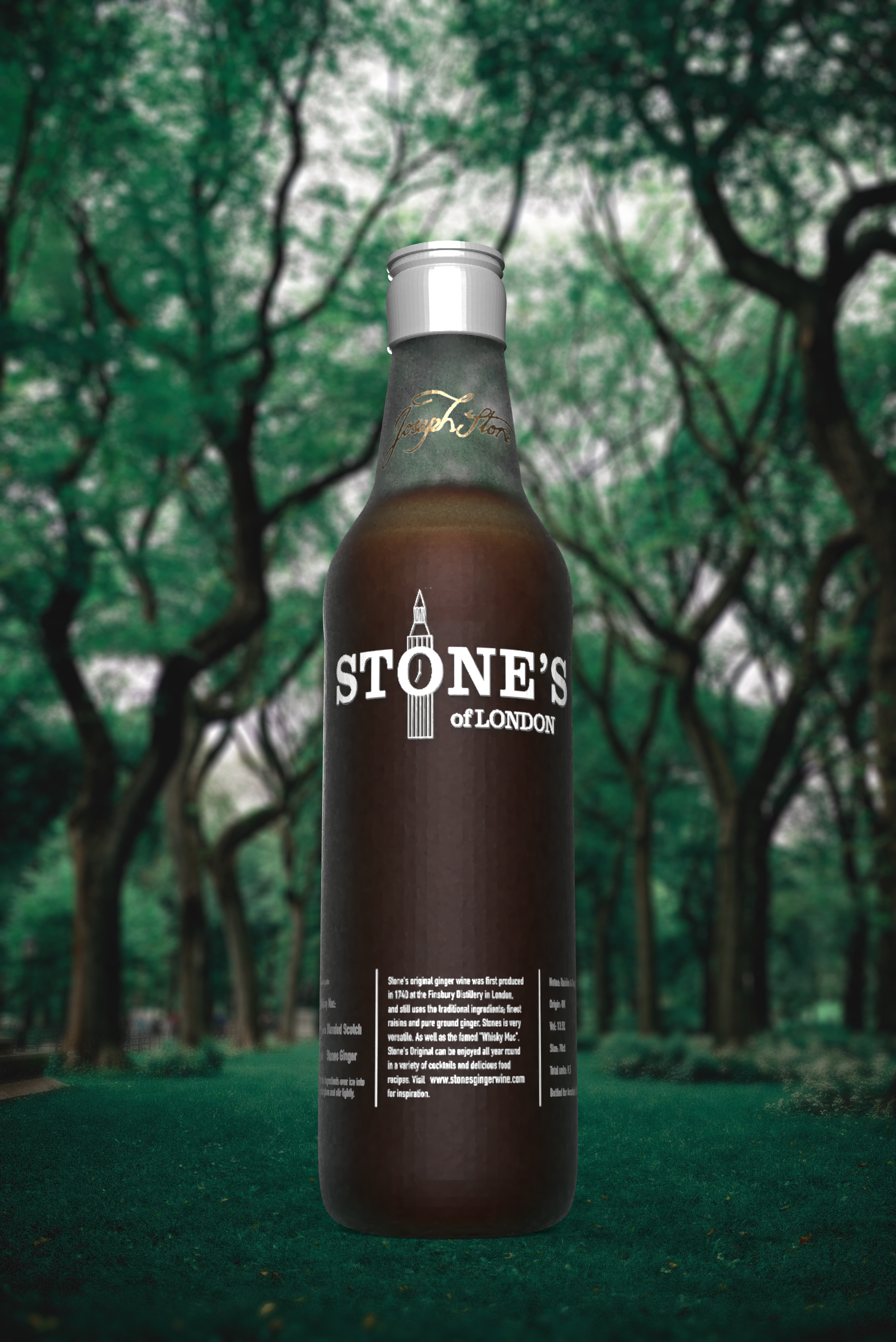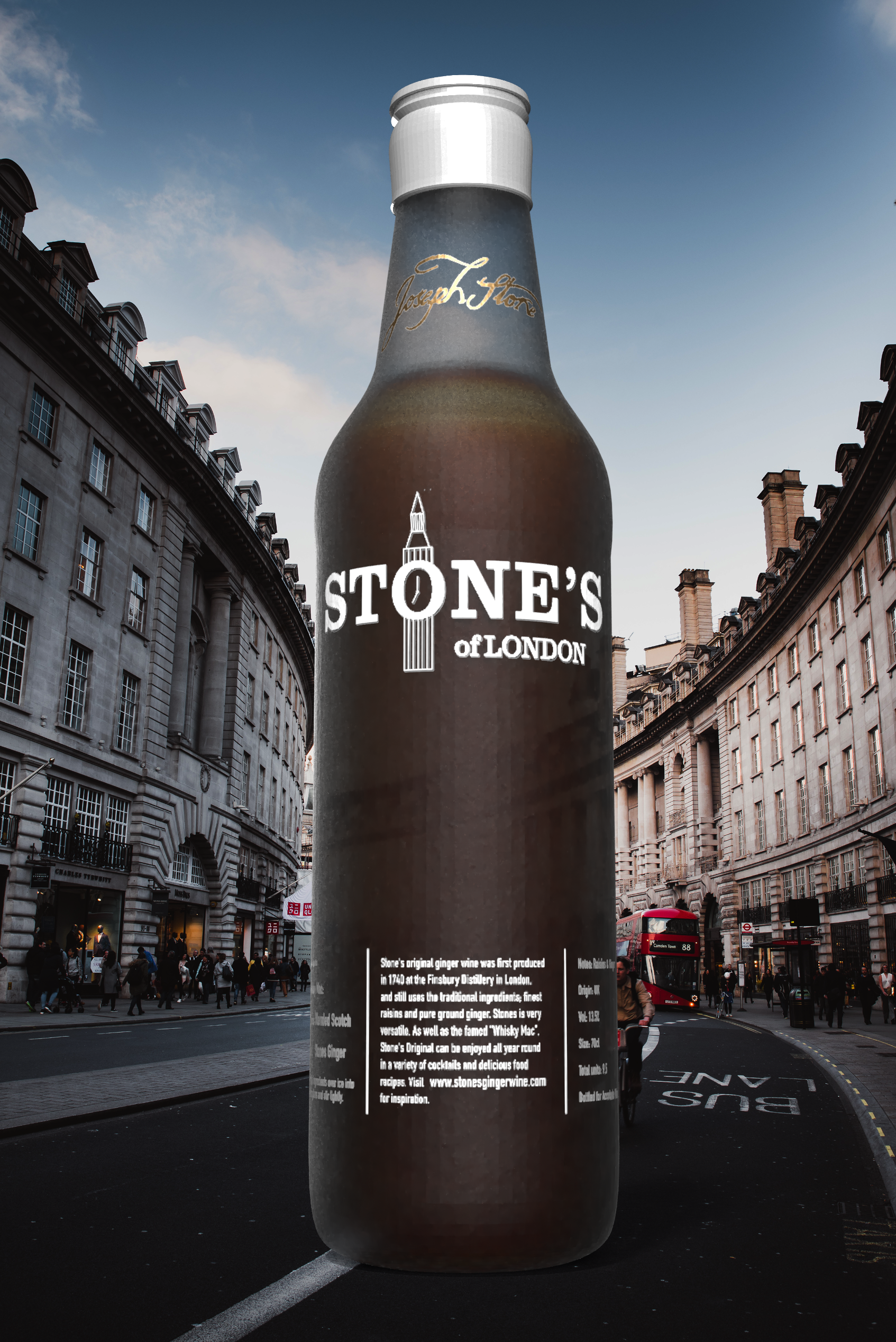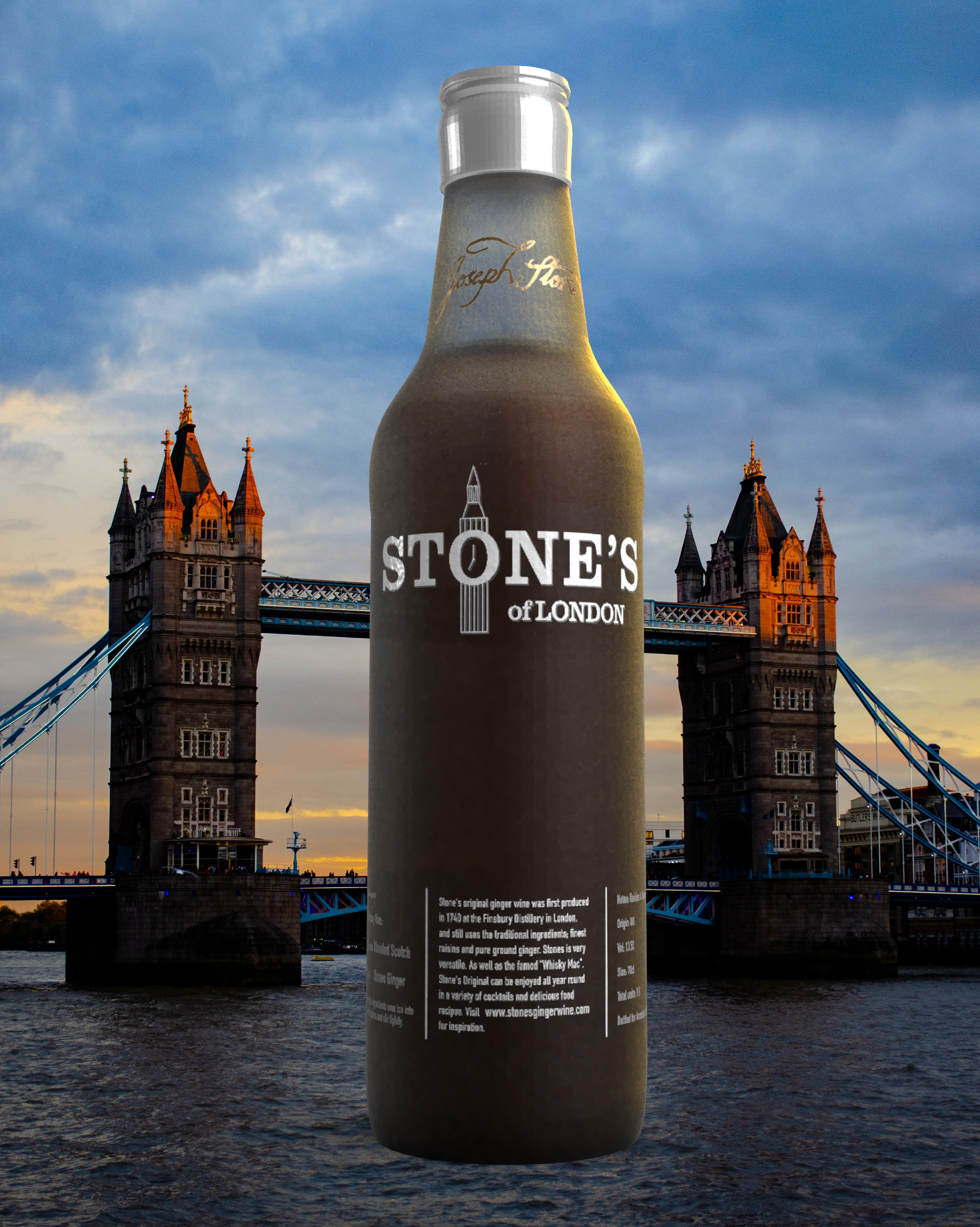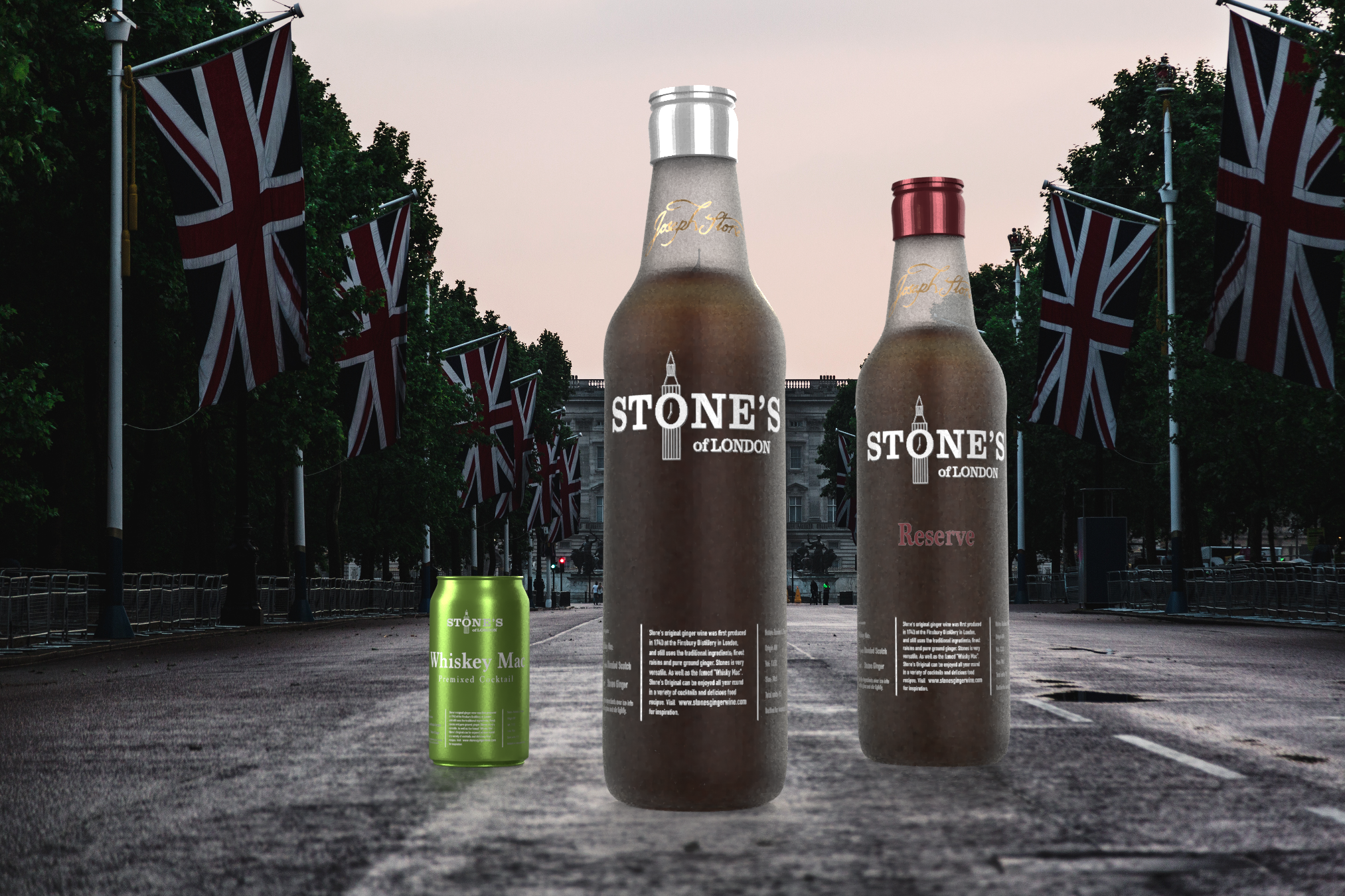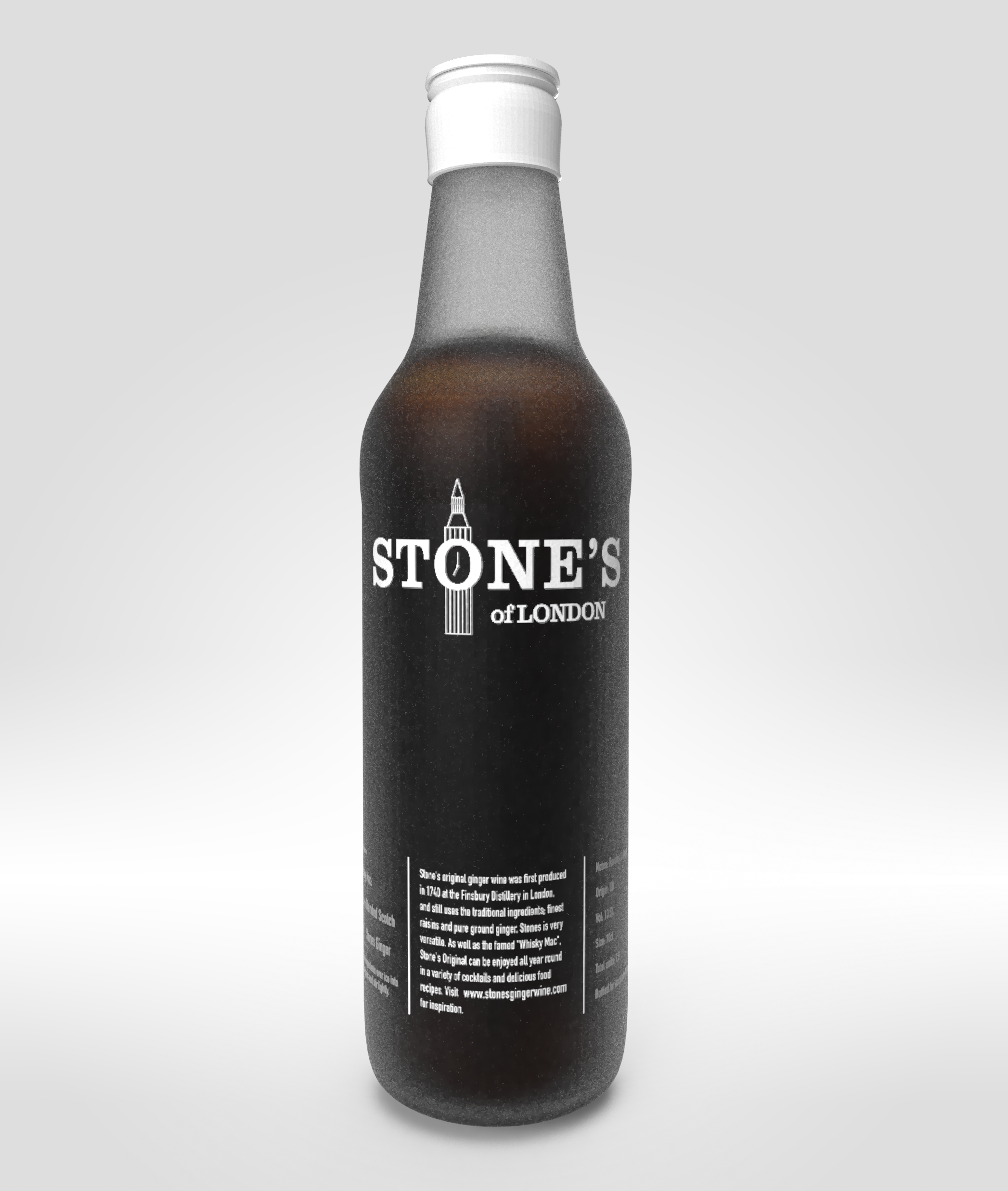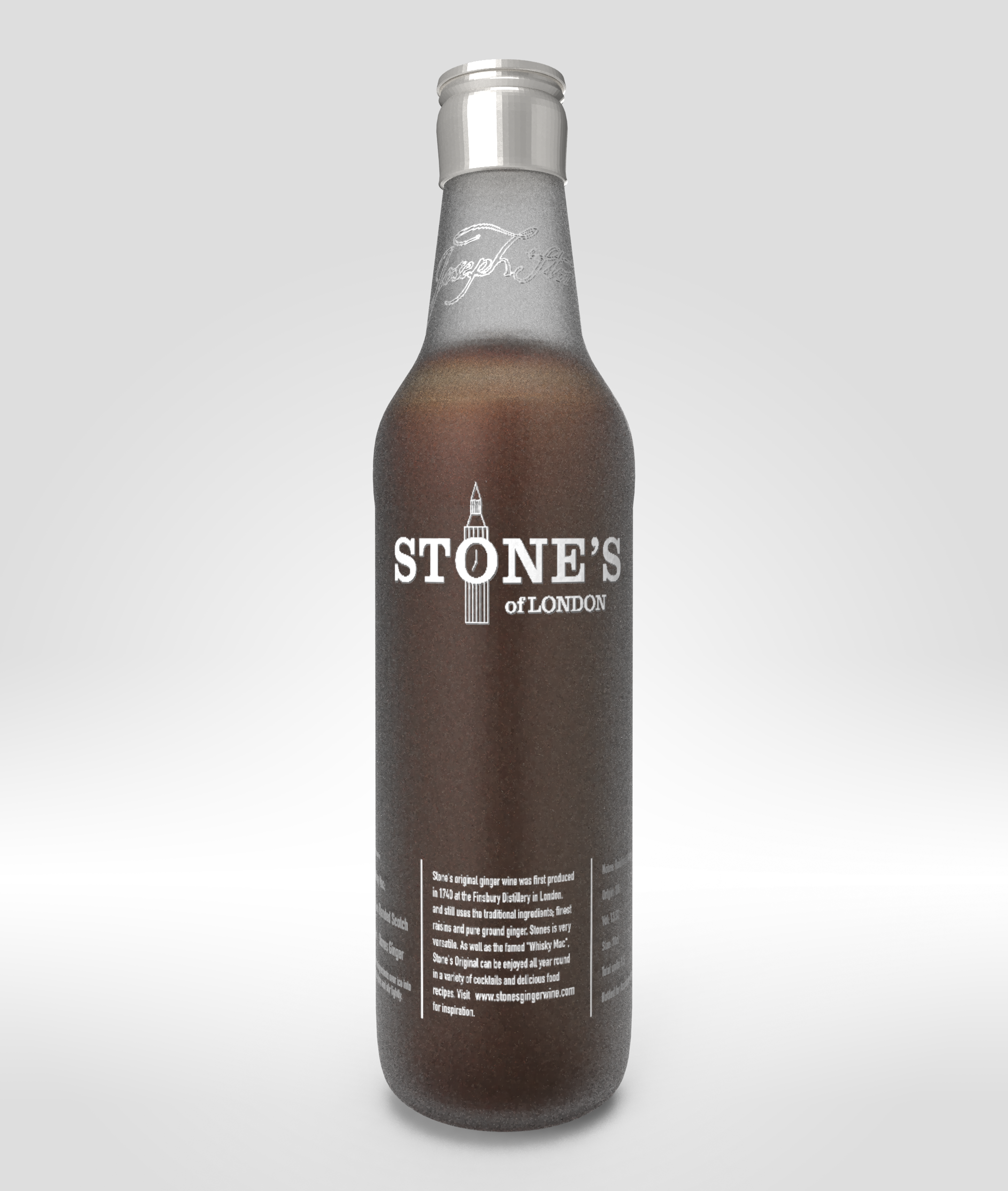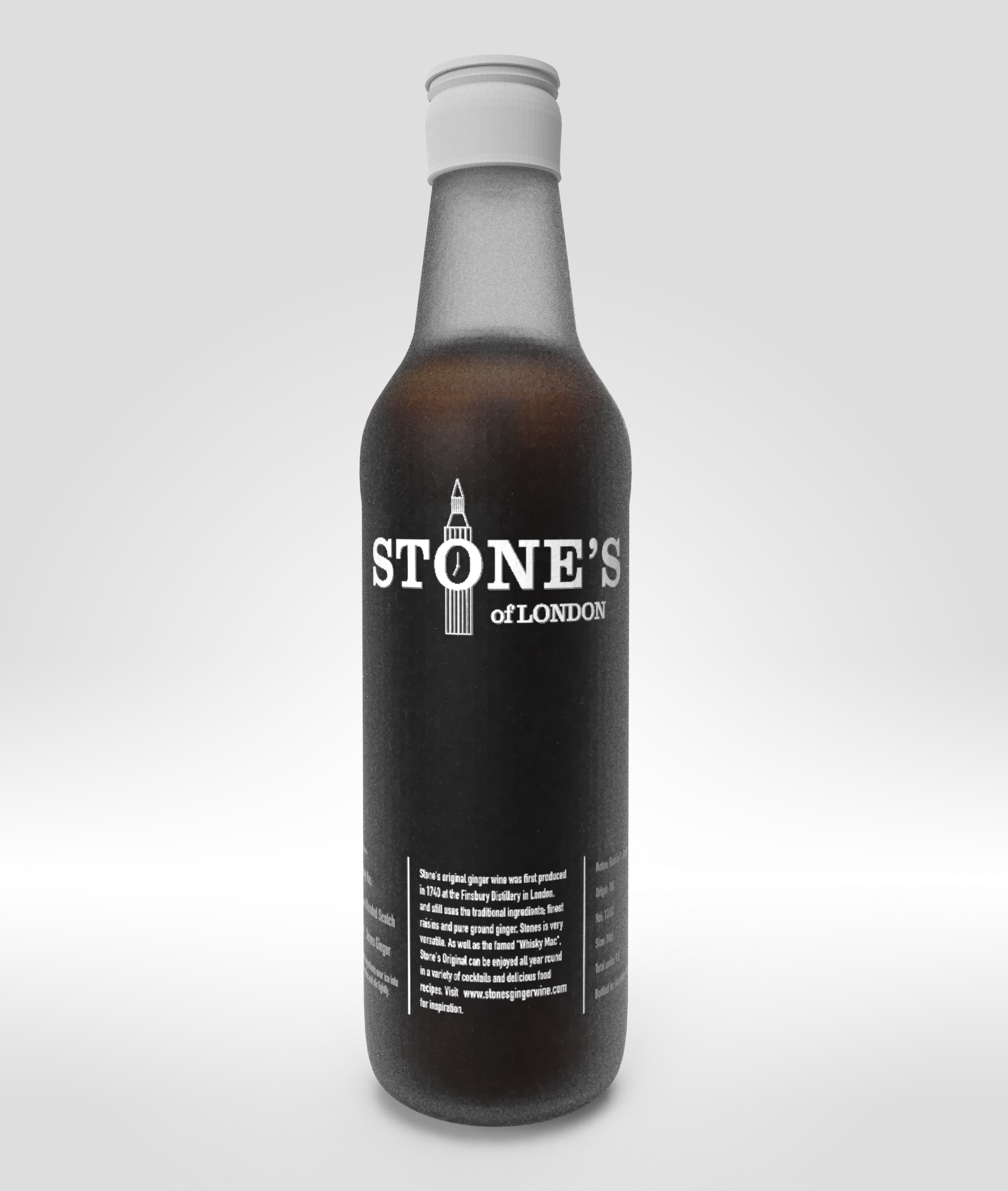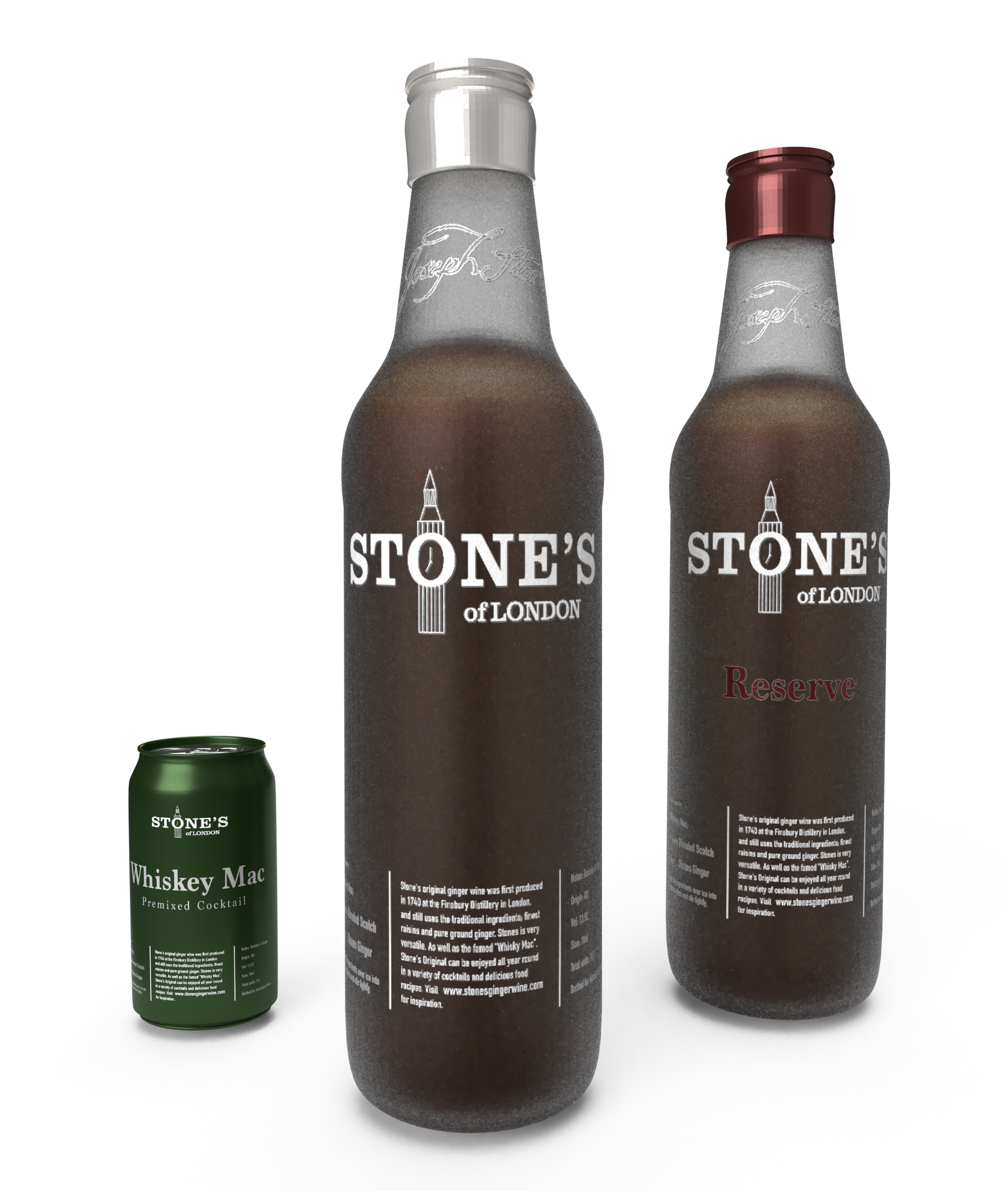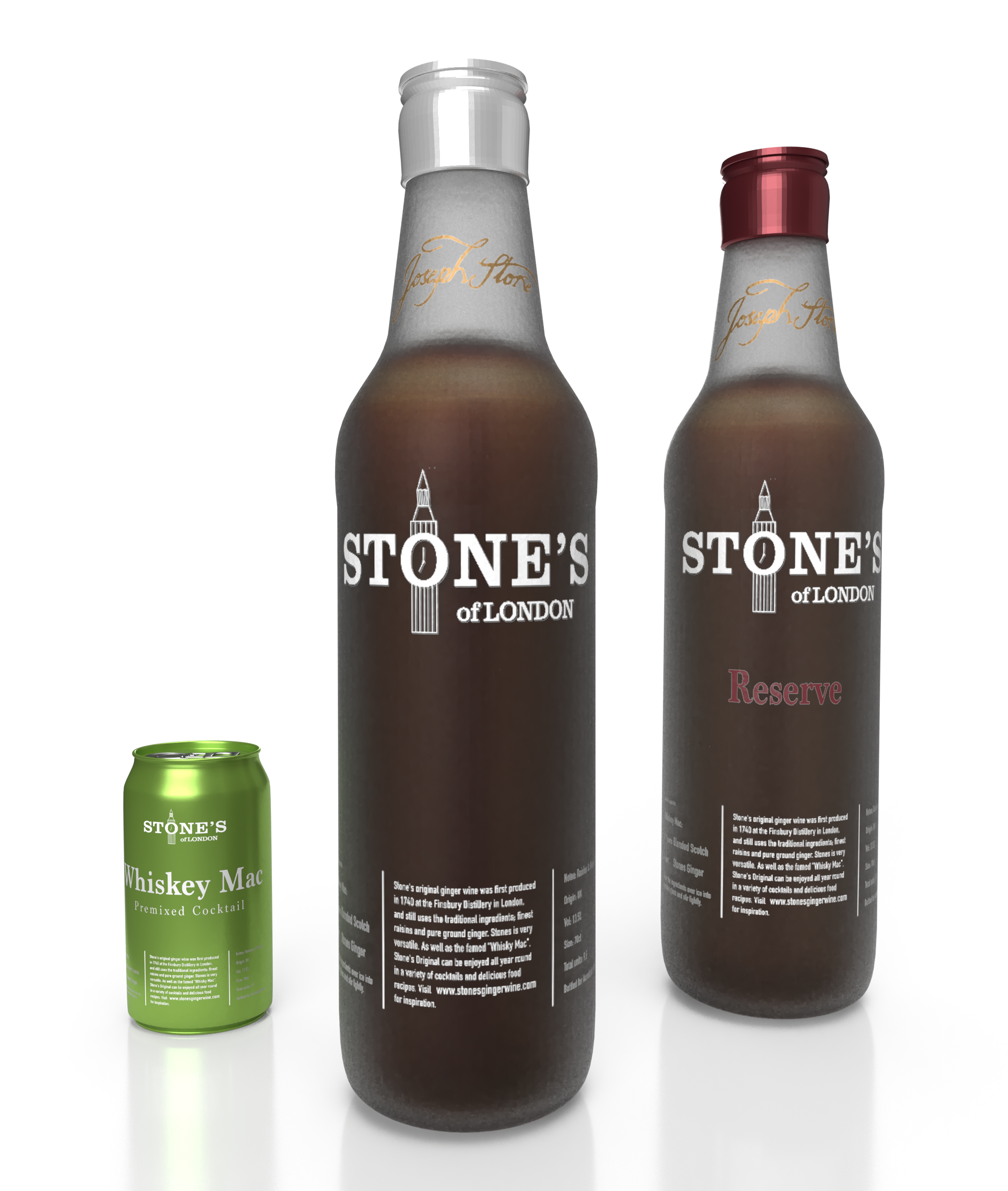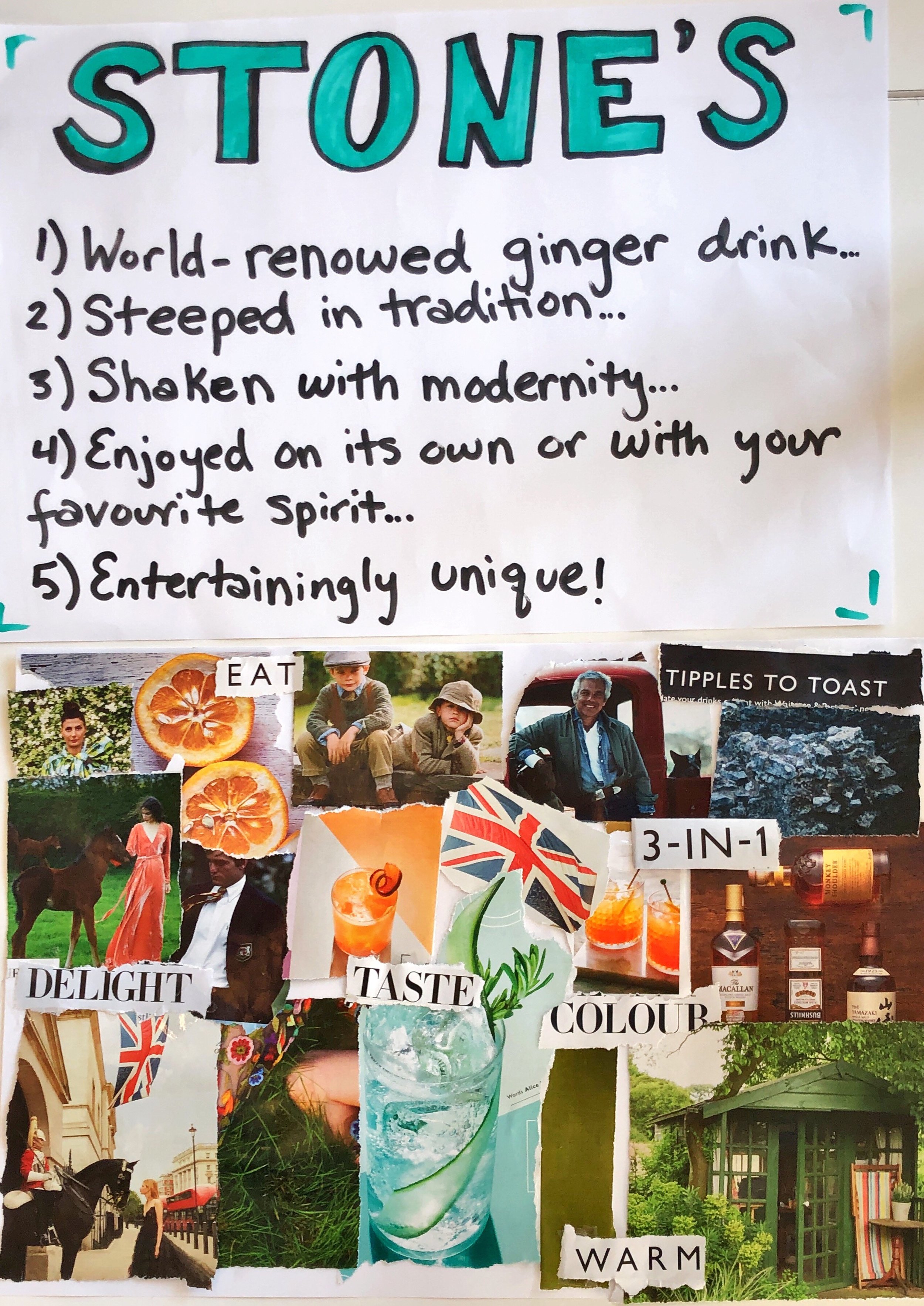To tie all of the previous blogs together i will now focus on the final brand strategy as outlined in the Branding Guide. The brand has now got a new logo that will work across all different usage scenarios that clearly focuses on its London heritage by using Big Ben through the logo as well as using the “of London” text that further explains the heritage if people are unfamiliar with Big Ben. We have simplified most of the design elements within the brand both on packaging as well as online. The branding guide also focuses on the tone of voice being one of aspirational sophistication while not being snobby, this means that the new brand as a whole will appeal to a wider target audience.
The focus on the geographical heritage of the product is followed through into the type of imagery that will be used across communications. The below mockups show the bottle being prominently displayed within a typical London scenery. These images are to be used across both digital advertising as well as print advertising when launching the new bottle design
In addition to mocking up the packaging of the products, i have also used Squarespace to mock up a new website for the brand. I focused on keeping it simple to match the rest of the branding, with lots of space and utilising the brand colours within the website. It can be seen below in different versions for different screen types:
Outdoor advertising could look like below. Keeping it simple and use the bottle design as the main feature of the advertising with a hint of london in the background.


